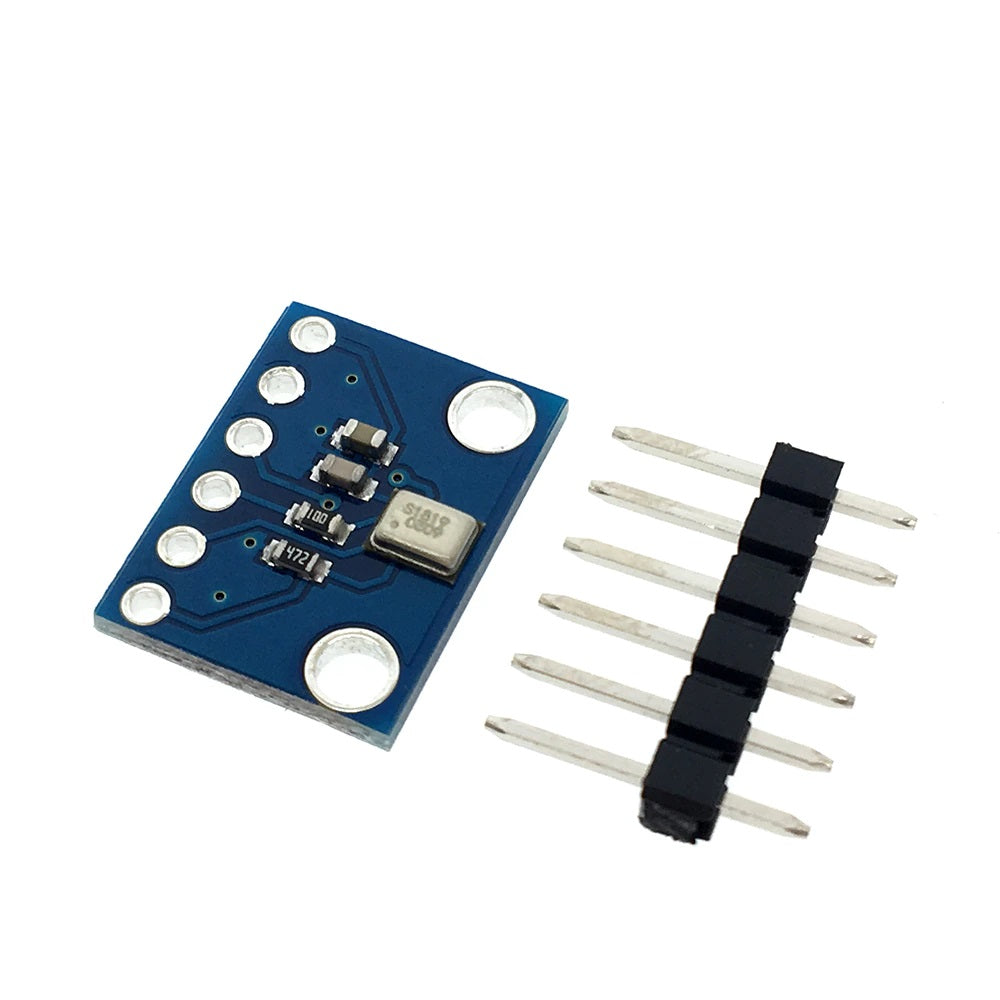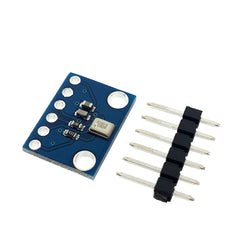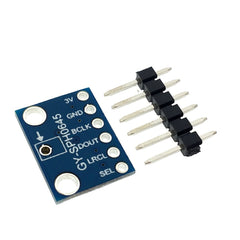


Digital Output I2S MEMS Microphone - SPH0645LM4H
LE 480.00
No analog conversion required. This MEMS microphone doesn't even have analog out, it's purely digital. If you want to avoid the noise with an analog mic system I2S is a small, low-cost MEMS mic with a range of about 50Hz - 15KHz, good for just about all general audio recording, detection and sensing.
You will need micro-controller with I2S peripheral, that can take digital audio data in! That's where this I2S Microphone Breakout comes in. Instead of an analog output, there are three digital pins: Clock, Data, and Left-Right (Word Select) Clock. When connected to your microcontroller/computer, the 'I2S Master' will drive the clock and word-select pins at a high frequency and read out the data from the microphone. It's a 1.6-3.6V max device only, so not for use with 5V logic.
Features
- Supply voltage range: 1.6V - 3.6V
- Frequency Response: 50Hz – 15 KHz
- I²S Microphone (digital output)
- MEMS (Silicon)
Adafruit MEMS MIC code, libraries, wiring examples, CAD files, Fritzing.
Detailed tutorial for Digital Output I2S MEMS Microphone - SPH0645LM4H


